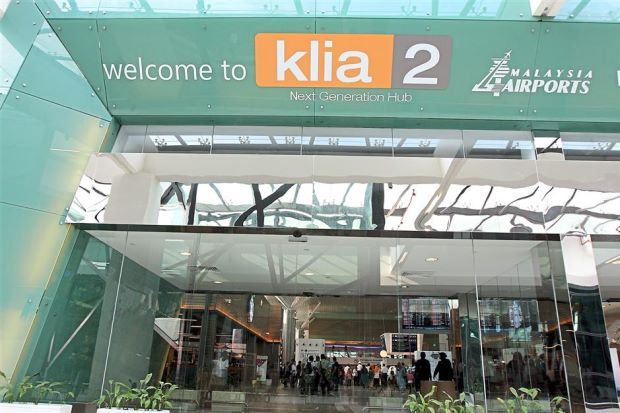5 January 2018
MALAYSIA Airports Holdings Bhd (MAHB) is set to meet the media today to talk about its outlook and the progress of its “runway to success 2020” strategic plan.
It does such updates periodically.
By 2020, MAHB wants to be a “Global Leader in Creating Airport Cities”, which is a good move as the aeropolis will create jobs. Hopefully, the return on its investment is worth the effort, as 2020 is not too far away.

MAHB operates 39 airports in the country. The only one not under its jurisdiction is the Senai Airport.
However, the airports it manages, especially KLIA and klia2, seem to be struggling to keep their toilets clean. There are a host of other issues such as long queues, unfriendly staff, delayed baggage and its aerotrain service at KLIA breaking down three times last year. For klia2, it is an endless walk to the gates.
These could be some of the reasons why KLIA’s ranking on the world’s top-100 airports list fell 10 notches to 34 in 2017 from 24 in 2016. This ranking is based on Skytrax, a London-based research body survey. It is an annual survey based on response from users.
In fact, KLIA’s ranking has been on a downhill roll since it bagged the eighth spot in 2012.
No doubt, one can argue that it is just a volume-based survey and some newer airports could be voted higher. But the 10-spot drop does say something about the state of affairs and it cannot be discounted that something might be amiss. In comparison, Singapore’s Changi has managed to keep its top spot since 2013. Is there something that we can learn from Changi?
In efforts to do its bit, MAHB launched a campaign to champion toilet cleanliness last month. However, the international traveller might be wondering what kind of toilets await them when they arrive with all these warning signals. Are we sending the right message to travellers to Malaysia?
Instead of championing such a cause, should it not be just focusing on keeping the toilets clean, as 70% of the 53 million passenger traffic movements at KLIA are international travellers. We can’t be teaching others to keep our house in order, can we? This is also why some travellers feel they are treated like bus passengers at klia2.
MAHB has to address the core issue and look within instead of outside, find a solution instead of hoping others would help it do its job.
The saddest part of all this is that these are paying passengers. They are paying the passenger service charges (PSC) to use the services at these airports. The PSC is used to provide facilities at airports.
By next month, the regulator – the Malaysian Aviation Commission – wants to equalise the PSC rates at KLIA and klia2. But does the service standard match the rates being paid?
If yes, well and good. If not, then MAHB had better do something fast. It is about tangible results and the onus is also on the regulator to keep tabs, as they are the ones who give the nod to raise the PSC.
Original Source: thestar
Site Search
Did you find what you are looking for? Try out the enhanced Google Search: